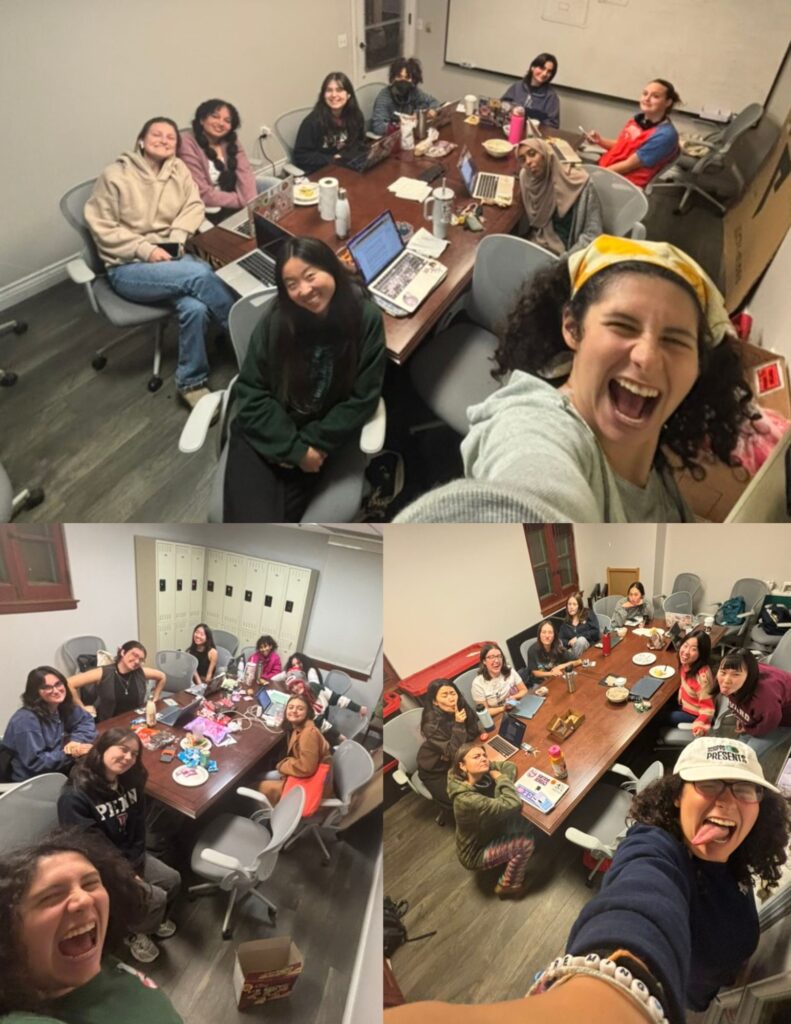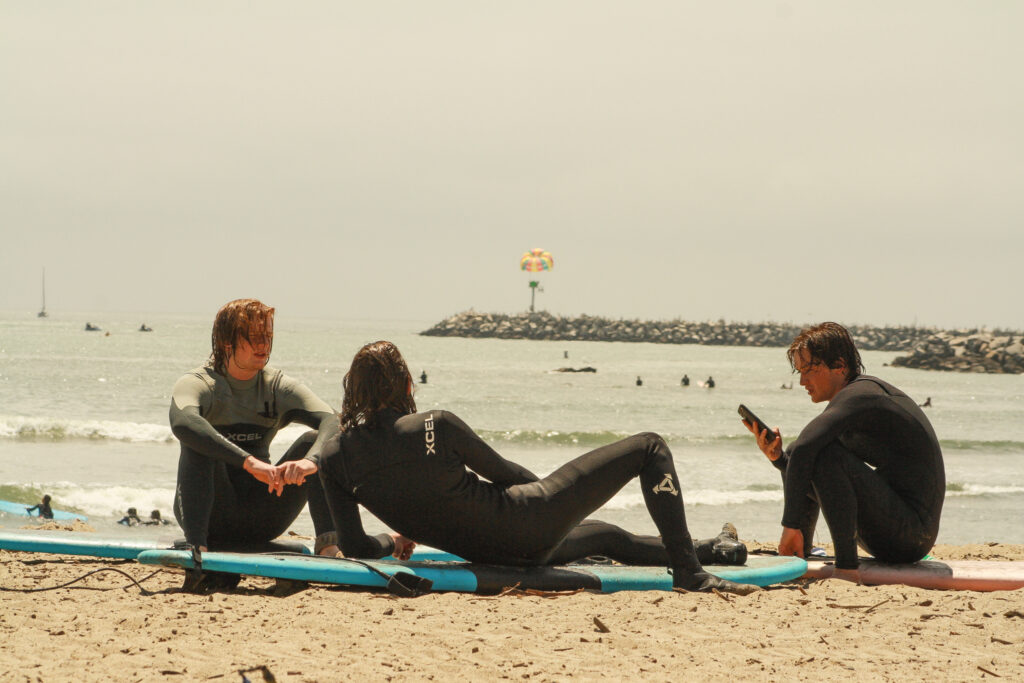Lila Gamble ’25
Staff Writer
“In The Works,” the end-of-semester showcase for the intercollegiate dance departments at the 5C’s, culminated in performances that embraced the intricacies of the dream state, homages to unabashed queerness, explorations of desire, memory, and collective participation. As the showcase title suggests, the choreographers use this chance to respond to their dancers and test out new movements crafted over the semester. Within these thematic influences, students can express the gap between language and intuition through an art form that relies on a lack of dialogue, using only the body to illustrate the complexities of being. This range and variety are characteristic of the department at large, which encourages experimentation within the respective medium. The program contained seven shows, including three iterations of Program A and Program B at Pendleton Dance Center, with Program C occurring at Richardson Dance Studio. Both programs, A and B, had a full hour of performances, with a total of 26 dance pieces.
Program C took place at Richardson Dance Studio to accommodate the students affected by the unilateral ban for alleged participation in the October 7th occupation of Carnegie Hall. Program C acted as a repeat of many pieces, where dancers chose to participate alongside their cast members who were banned from the Pendelton showcase. The time and energy given to each dance were evident within each calculated movement, highlighting how Pomona College’s bans and suspensions interrupted educational liberty and significantly impeded the vibrant exchanges of student passion and work promised at the 5Cs. In a moment where college campuses are witnessing an increase in suppression of student dissent, how might one reckon with the fundamental disconnect between the politics of the institution and their own personal belief system, shaped by the education they receive at these schools? While wordless, these dances capture something frenetic about what it means to hold this kind of contradiction within one’s body. While the meaning is implicit and varied, the movements of the dancers are blurred between restraint and total abandon, moving from arabesques to sharp, exaggerated movements, tap dancing to tango. Furthermore, the audience is not passive, as specific performances break the fourth wall, asking the viewer to imagine themselves as a part of the showcase. This experimental attitude is brought by each performer who is willing to leave it all on the lacquered studio floors.
More experimental elements begin in Program A with “INT. PENDLETON–EVENING” choreographed by Paris Levin PZ ’25. The program note cites David Lynch’s films as the catalyst for the piece, imitating automated movement. The dancers used this artificial sense of motion to bring both a sense of discomfort and liminality to the forefront. In sharp and invigorating contrast, “mmwhatchasay” is a playful choreography by CJ Abeshaus SC ’25 that was vaguely reminiscent of the “Gossip Girl” Thanksgiving episode (coincidentally also scored to “Whatcha Say” by Jason Derulo), but instead of exchanging icy stares, each dancer exchanges turns doing the worm. The movement is punctuated by a table, where the dancers sit and talk business while the two dancers act as each other’s mirrors, mimicking exact movement despite being unable to see each other through the table. “Creation//Counter-Creation//Co-Created Realities” begins as a creation myth, with the ensemble of dancers replicating a living, swirling entity, donning red gloves, and promptly fracturing the entity through asymmetrical movement. One portion was staged as though the dancer’s bodies were one, yet the fracture becomes apparent as they move closer together, then farther apart. The ending consisted of the dancers holding up mirrors to the audience, aiming to provide an atmosphere of discomfort yet remind the audience that they are partaking in creation: of narrative and interpretation independent of what the dancers may intend.
The variety and range continued in Program B. Narrative is not central to many dance pieces but communicates a feeling. “How We Hold,” choreographed by Holand Dennis PZ ’25 begins with dancers wringing out their hands, traced by soft blue light, moving between reconciliation and corporeal anxiety. Holding these two movements together, Dennis’s choreography is deeply in tune with the balance one tries to strike between the head and the heart in everyday life.
In a piece heavily inspired by Argentine Tango, mythology, and the fusion of sound and space, “Entangoment” by Danté Christian PO ’24 contains a spider as the central mythological motif. The spider played a harp in the center, wrapped in a gossamer, and was released by the surrounding dancers. “I wanted to go back and forth within the choreography where the spider has control of its web, and the web then has control over the spider,” Christian said. Aiming to balance traditional methods of Tango and a contemporary experimental feel, the piece acts as yet another testament to the beauty within opposing forces.
Just before the lights dimmed on the red-carpeted seats of the Pendleton Dance Center, each audience member present for Program B received a slip of paper alongside their programs. The dance collective The Lyphuson asks each audience member to simply draw a path and mark where they stand on their current trajectory. Later, the dancers collected the slips and considered these ambulatory paths in their dance, asking the audience members to call out when a movement on stage felt resonant. Voices echoed, breaking the silence characteristic of a black box theater, and occasionally, moments of synchronicity were shared between audience members when two people called out simultaneously. The rallying cry was a simple ‘here’ to indicate where each person found resonance on the path. Yet, it becomes clear that The Lyphuson imagined a path as less of a physical space that someone is meant to follow but an ever-shifting construction of time and space, one that we are intended to create and imagine simultaneously. Embodying the overall collaborative and in flux spirit of dance, holding contradictions within and outside the body is rendered visible.
Photo Courtesy: Jana Gaskin ’25



